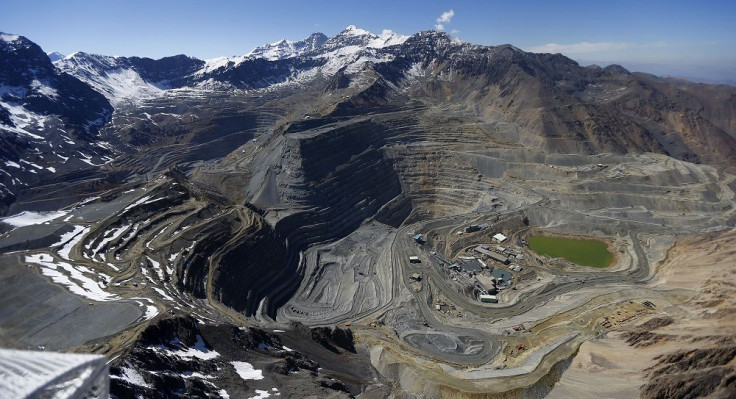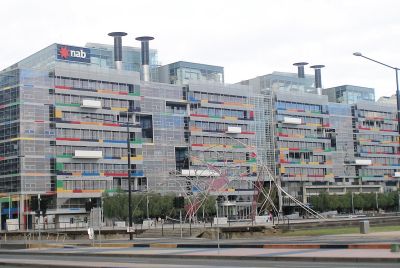Russian Project Brings Impact Of Underground And Open Pit Mining To The Surface

Russian nickel exploration and development company Amur Minerals Corporation (LSE:AMC) has recently announced the potential of an underground mine in conjunction with an open pit mine in its Kun-Manienickel copper sulfide project, particularly at the MalyKurumkon / Flangovy, Vodorazdelny, Ikenskoe / Sobolevsky, and Kubuk deposits. The combined open pit and underground operation is potentially capable of supporting a six million tonne per annum nominal capacity project for a 15-year period, compared to 11 years previously.
Amur Minerals' analysis on the possibilities of developing an underground mine showed that it could increase the life of a mine by around four years compared to mere open pit mining. But each method of mining operation poses its own pros and cons. There are also various techniques that can be employed in both operations, so companies looking to engage in underground and/or open pit mining should undergo technical and economic feasibility studies to determine the best process.
For instance, Amur Minerals internally evaluated the potential to produce ore from underground operations through its own Underground Analysis, which included a series of steps to determine if the mineralisation could be mined using a proven underground system. It was evaluated through reviewing the configuration of the ore with regard to its orientation and thickness.
Basically, the main difference between the two lies on whether the seam is close to the surface area or is buried deep below. However, there are other things that need to be considered in selecting the type of mine, like their financial and environmental impacts.
Open pit mining
Also known as surface mining, open pit mining is used for deposits that are shallow. It makes use of bulldozers and shovel loaders to strip and develop the deposit, as well as to load the extracted ore into dump trucks that remove the ore from the open pit. The process involves breaking up soil and rocks using explosives, and then removing the debris until the seams of the metal are exposed. Once mining operations are completed, the pit is backfilled and reclamation work on restored surface is performed.
Based on the latest studies conducted by Amur Minerals for its Kun-Manie Project, open pit production will come from MalyKurumkon, Vodorazdelny, Ikenskoe / Sobolevsky, and Kubuk deposits. Latest estimates have identified a total of 46.2 million tonnes of nickel and copper ore, with an average nickel grade of approximately 0.61 percent.
While surface mining is especially beneficial when the ore is near the surface, it can also destroy large areas of lands because of the use of explosives. Natural habitats and landscapes are destroyed. It can also produce a crater-like result as trucks and shovels dig deeper into the earth. Furthermore, contamination of surface and ground waters often generates health problems for mining personnel due to the necessity of backfilling the pit with waste rock and reclamation.
Fortunately, there are mandatory rules in the elements of open pit mine design that help protect the environment. One of the requirements is the performance of a preliminary environmental impact assessment before mining. The mining company should also present a gradual rehabilitation program, including restoration of landscape and forestlands. Both wildlife and flora should also be re-established. There will also be continuous audits of environmental compliance with the existing norms. Amur Minerals, for instance, is working hand in hand with local authorities to ensure that such requirements are met.
Underground mining
Underground mining is a commonly used method for mining higher grade ore than what is mined in an open pit method. According to Litos Online, there are distinct advantages of underground mines over surface mines. For one, surface developments, zoning issues and environmental concerns are often not too big a deal as compared to open pit mining. Furthermore, unlike open mines, there is no need for stripping and restoration requirements, since mining is done beneath the earth. Additional reserves are also often available beneath the floor, under pit slopes, or even under adjoining property. Another advantage is the privilege to work under a constant climate, as there are no rainfall, high winds, or frost to contend with.
Amur Minerals has seen the advantages of underground mining, prompting the company to implement it in its flagship project. The underground production of the Kun-Manie Project will come from Flangovy and the area below and adjacent to the Kubuk pit. An estimated 44.1 million tonnes of nickel and copper ore is expected to be produced. By adding underground production to its methods, Amur Minerals expects to increase its ore production from 66.8 million tonnes to 90 million tons.
Still, such mining operation is not without its risks. Underground mines can pose as radiation hazards for personnel. Radon, a radioactive element, may travel over substantial distances and form high concentrations in the underground air. As reserves are developed, the total share of radon emitted from the developed mine increases. Artificial mine ventilation arrangements are of utmost importance.
Since underground mining requires mechanised operations and sophisticated equipment, it comes with a high price tag. However, the higher costs of mining are offset by high grade ores that can be found underground. Many industry experts see deep drilling is often worth it, in terms of productivity, profitability and eco-friendliness.
To contact the writer, email: v.hernandez@ibtimes.com.au





















